The Privy Council was established in 1834 (during the reign of King Minh Mang) following the model of the Privy Council of the Song Dynasty and the Military Council of the Qing Dynasty (China), initially located in Ta Vu (a building for civil servants in the Hue Imperial City). This was where the most talented mandarins of the court gathered.
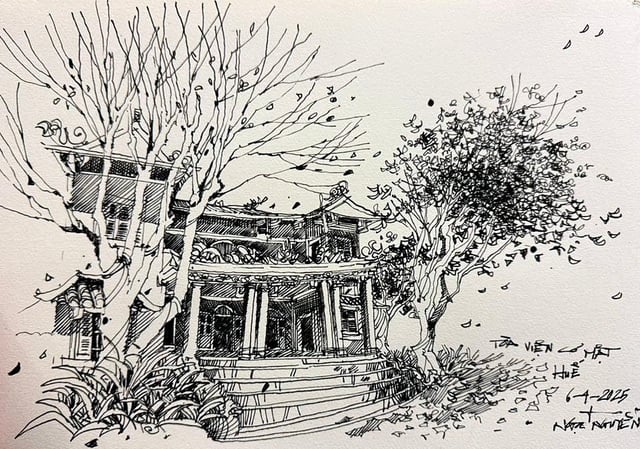
Sketch by artist Ngoc Nguyen
In 1903 (during the reign of King Thanh Thai), the new building was inaugurated on the site of Giac Hoang Pagoda (present-day location, No. 33 Tong Duy Tan, Thuan Thanh Ward, Hue City). This agency operated for more than 100 years, until the Nguyen Dynasty ended in 1945.
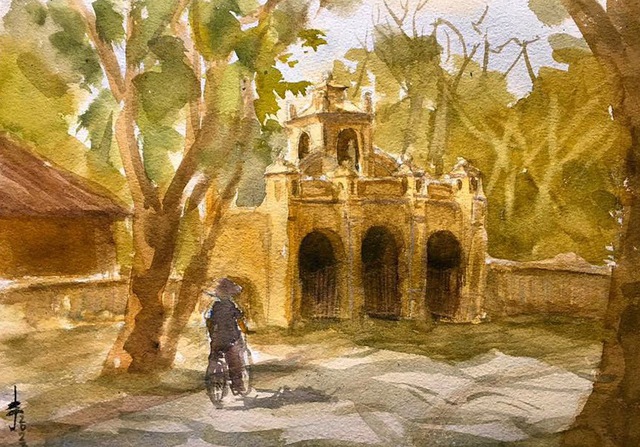
Sketch by Architect Nguyen Van Thien Quan
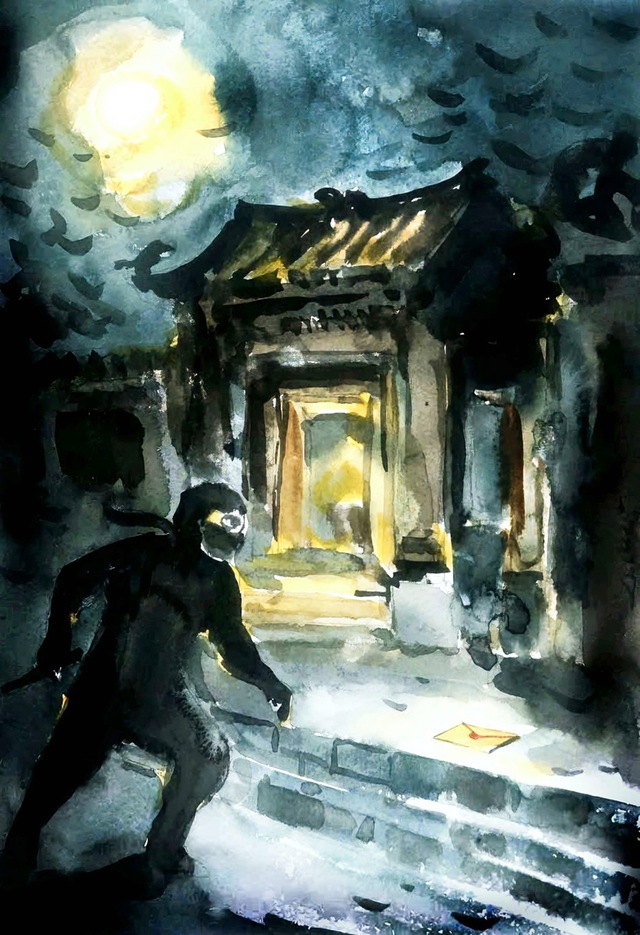
Sketch by Architect Linh Hoang
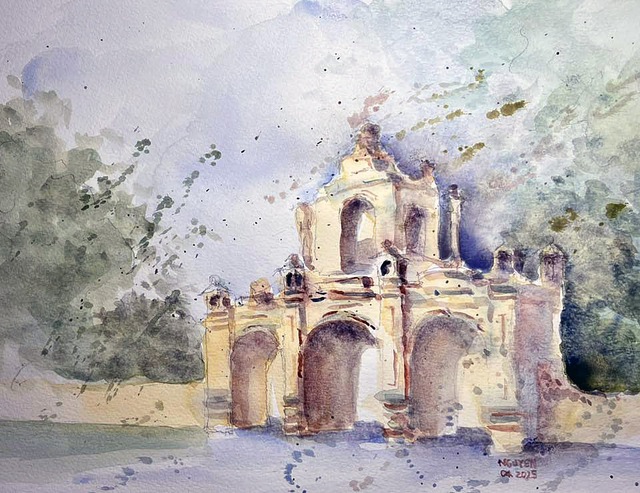
Sketch by Architect Tran Thai Nguyen
The building used to have three buildings (so people also called it Tam Toa). The central building was the Privy Council, consisting of three rooms, in the style of a double-roofed roof. This was the workplace of the mandarins and the meeting place between the court officials and the French envoy. The left row was the Economic Museum. The right row was the Council Office for the French. However, due to time and war, the building was destroyed and changed a lot.
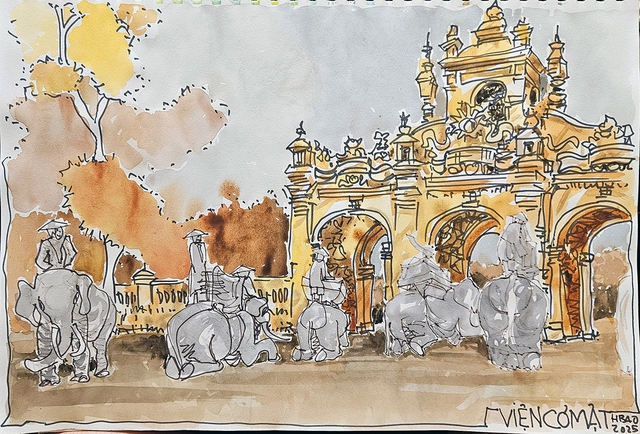
Sketch by Architect Bui Hoang Bao
Later, the building was restored and rebuilt mostly. The most obvious remaining architectural part is the main gate, combining Vietnamese architectural style (built in the style of a three-door gate, Chinese characters, royal-style decorative motifs) with Western architectural style (Greek classical hybrid columns, roof tops, columns). The screen behind the three-door gate was restored in the style of a scroll, with the word longevity in the middle, decorated with dragons, unicorns, turtles, phoenixes and many elaborate motifs. The Privy Council building was also rebuilt, with two floors, and two additional blocks on both sides...

Sketch by Architect Tran Xuan Hong
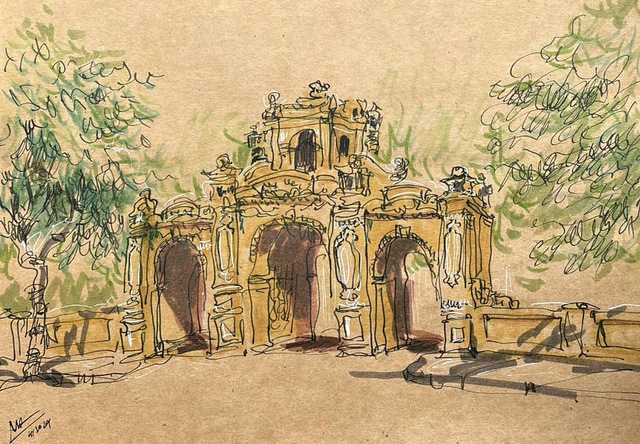
Gate in the sun - sketch by artist Tran Binh Minh

Sketch by artist Tran Binh Minh
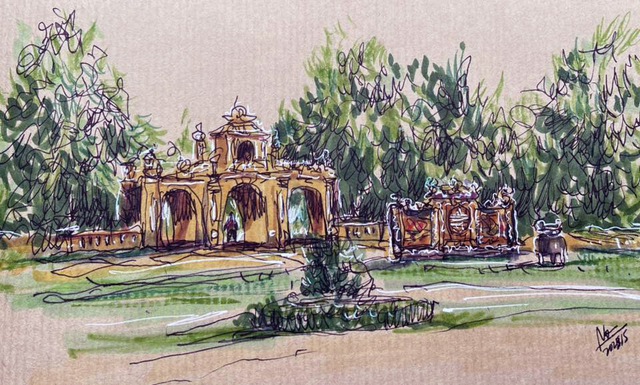
The screen behind the gate - sketch by artist Tran Binh Minh
The Privy Council is recognized as a national architectural and artistic relic. It is currently the headquarters of the Hue Monuments Conservation Center.
Source: https://thanhnien.vn/goc-ky-hoa-dau-nao-tham-muu-cua-trieu-dinh-nha-nguyen-185250412210415636.htm


![[Photo] Hanoi people warmly welcome Chinese General Secretary and President Xi Jinping on his State visit to Vietnam](https://vstatic.vietnam.vn/vietnam/resource/IMAGE/2025/4/14/d6ac6588b9324603b1c48a9df14d620c)
![[Photo] Ceremony to welcome General Secretary and President of China Xi Jinping on State visit to Vietnam](https://vstatic.vietnam.vn/vietnam/resource/IMAGE/2025/4/14/5318f8c5aa8540d28a5a65b0a1f70959)
![[Photo] Prime Minister Pham Minh Chinh chairs conference to review the implementation of Resolution No. 18-NQ/TW](https://vstatic.vietnam.vn/vietnam/resource/IMAGE/2025/4/14/dcdb99e706e9448fb3fe81fec9cde410)
![[Photo] General Secretary To Lam holds talks with General Secretary and President of China Xi Jinping](https://vstatic.vietnam.vn/vietnam/resource/IMAGE/2025/4/14/b3d07714dc6b4831833b48e0385d75c1)

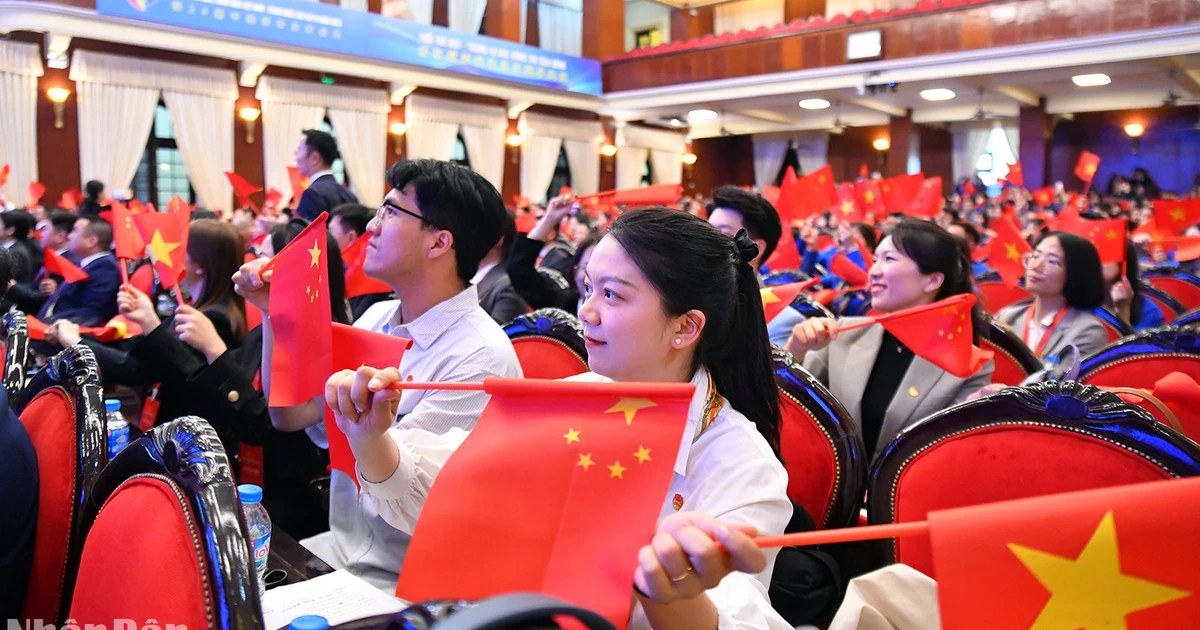
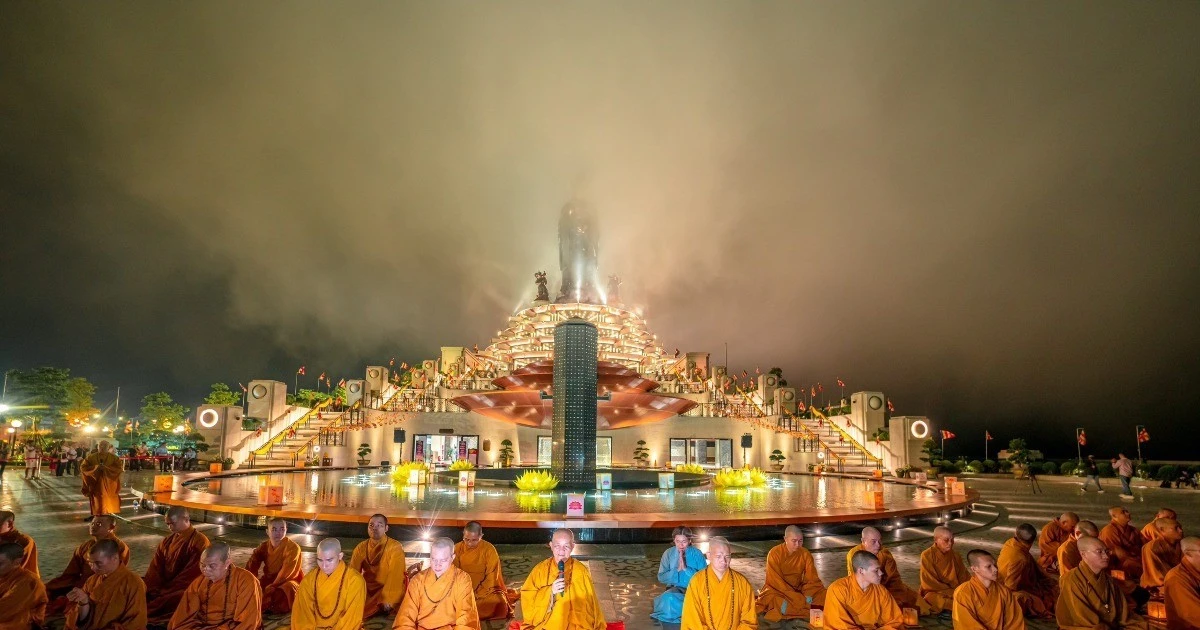
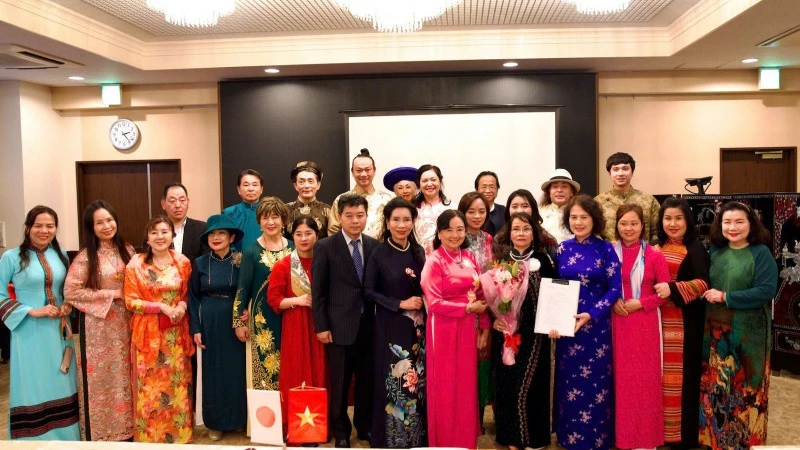



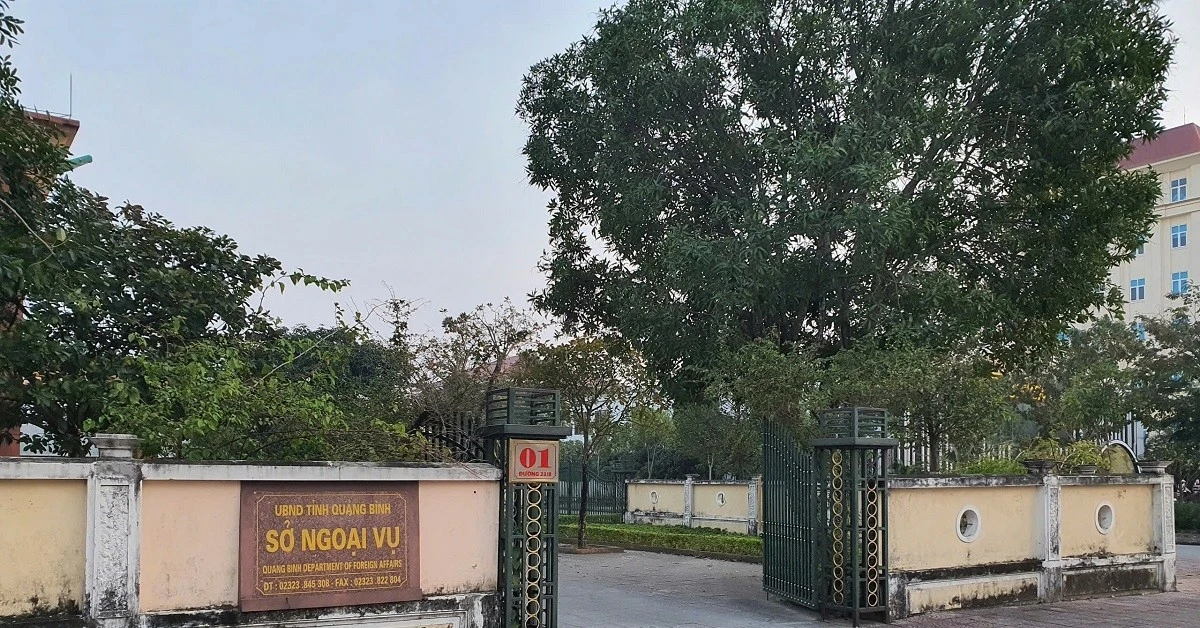
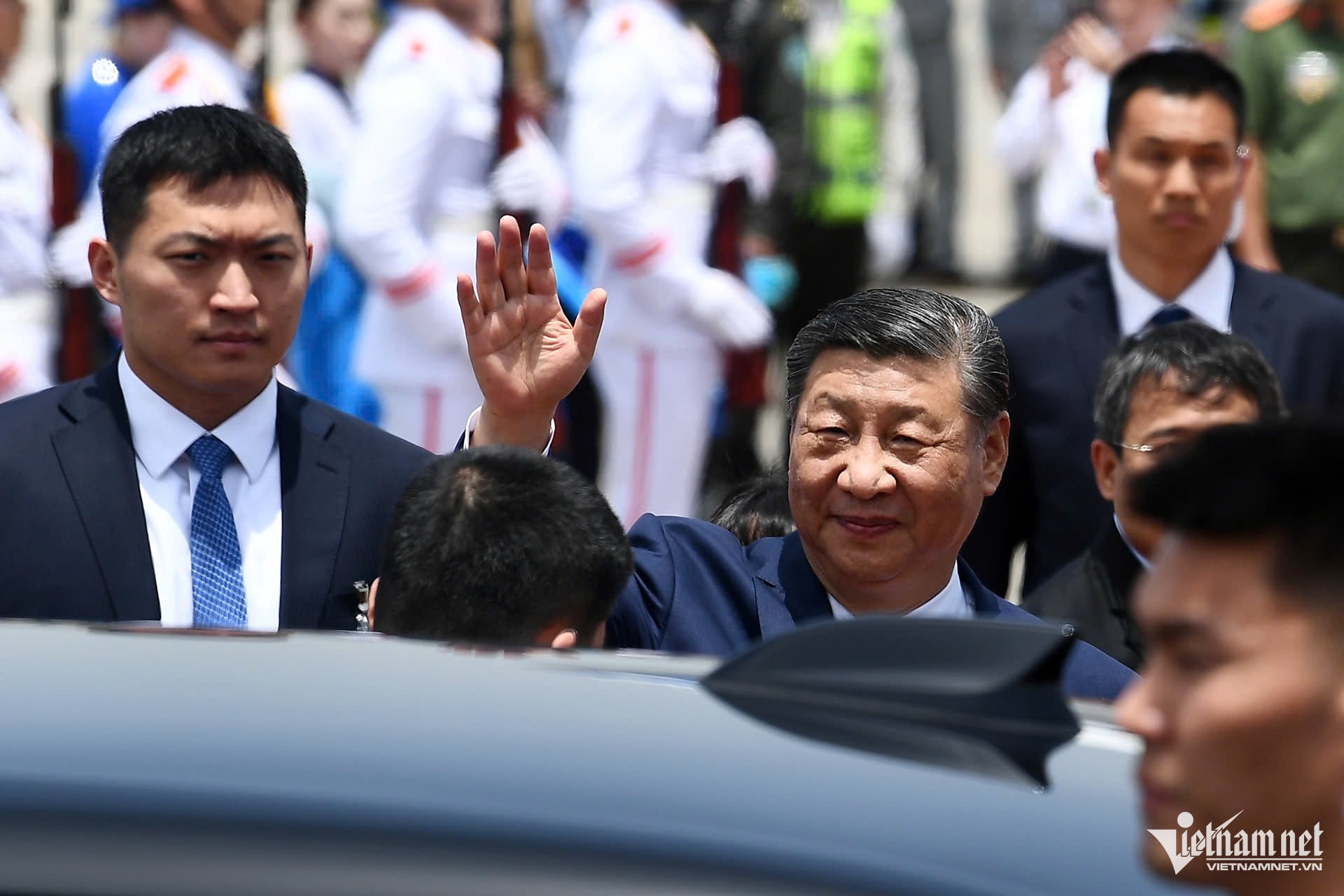
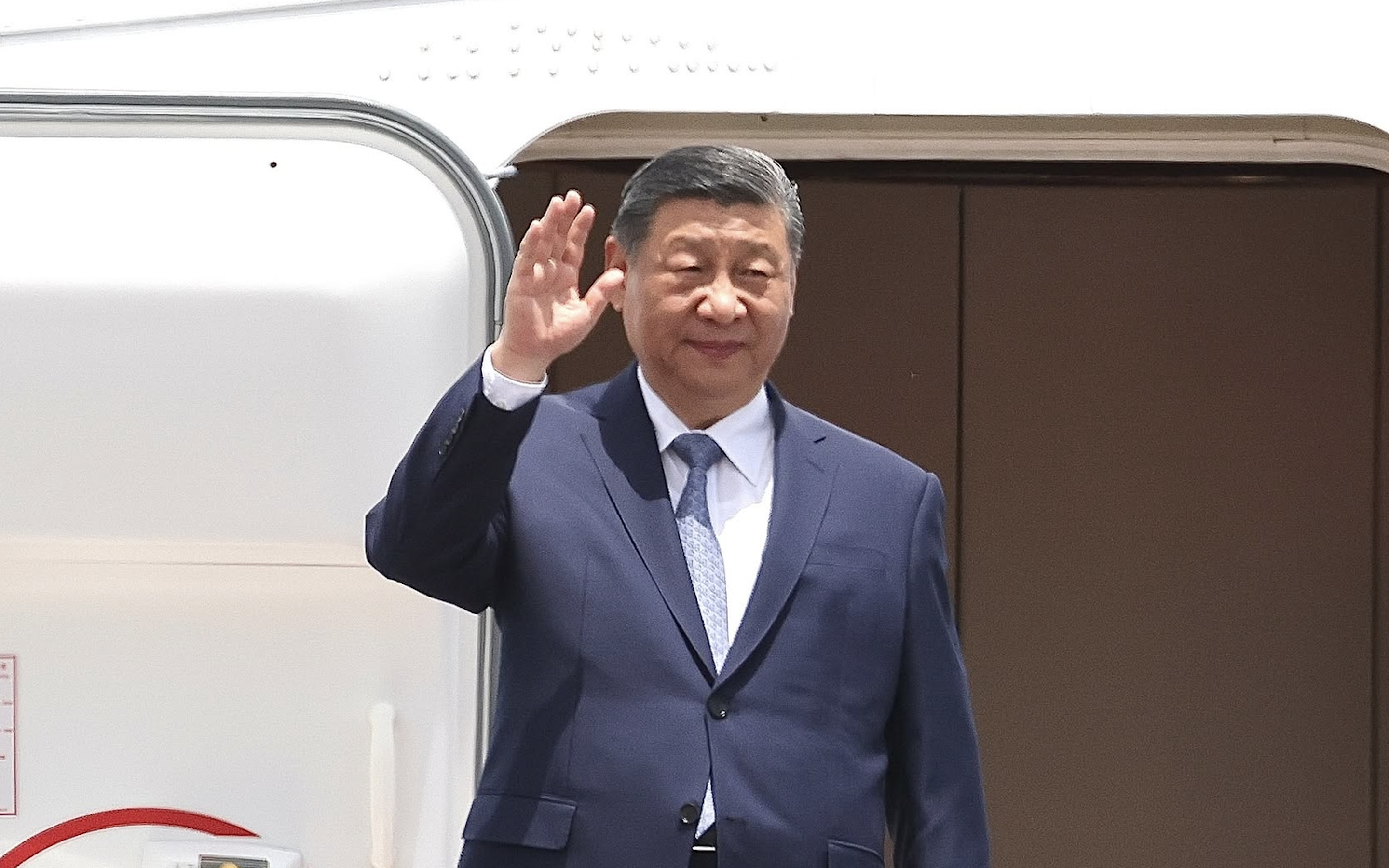

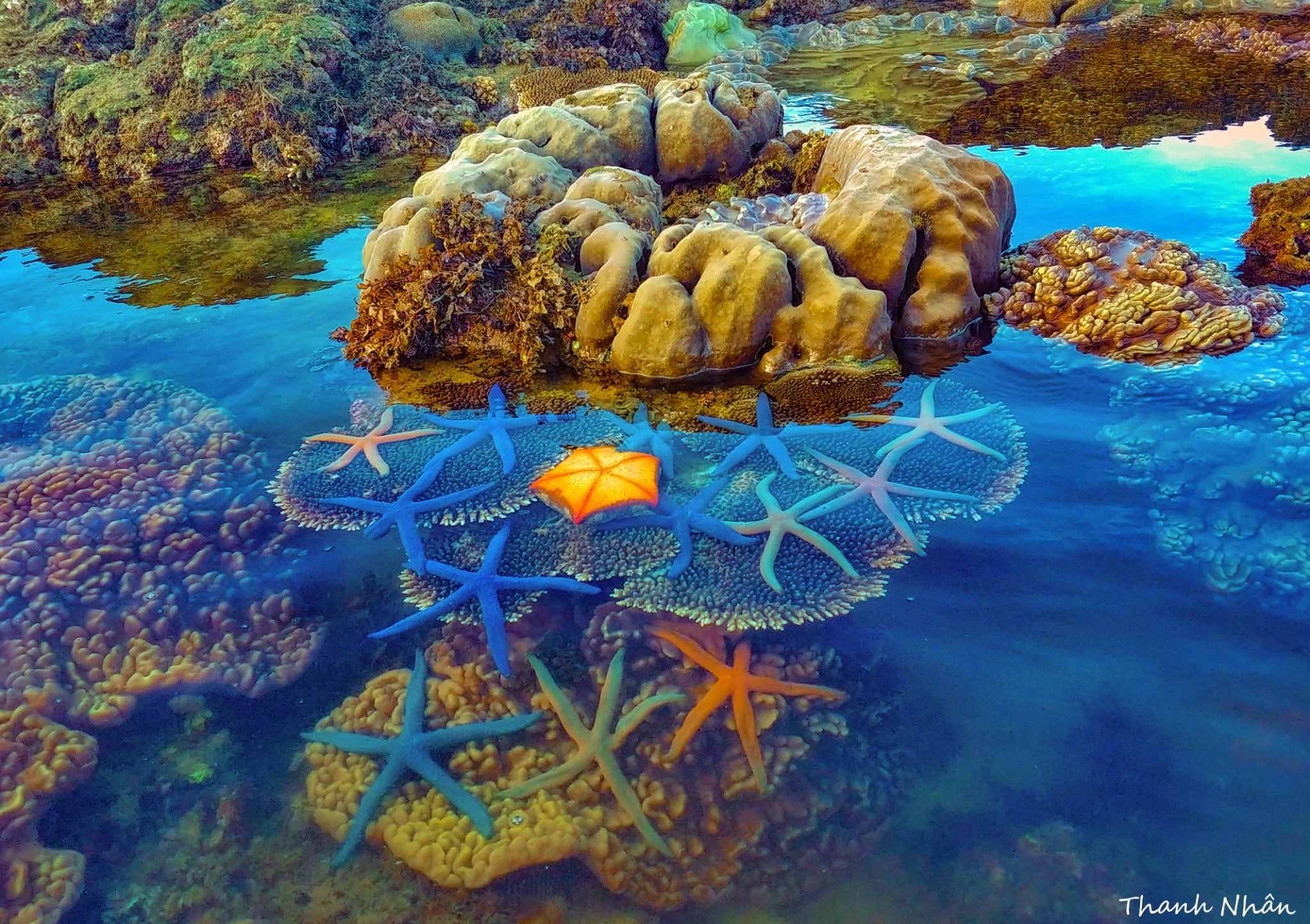
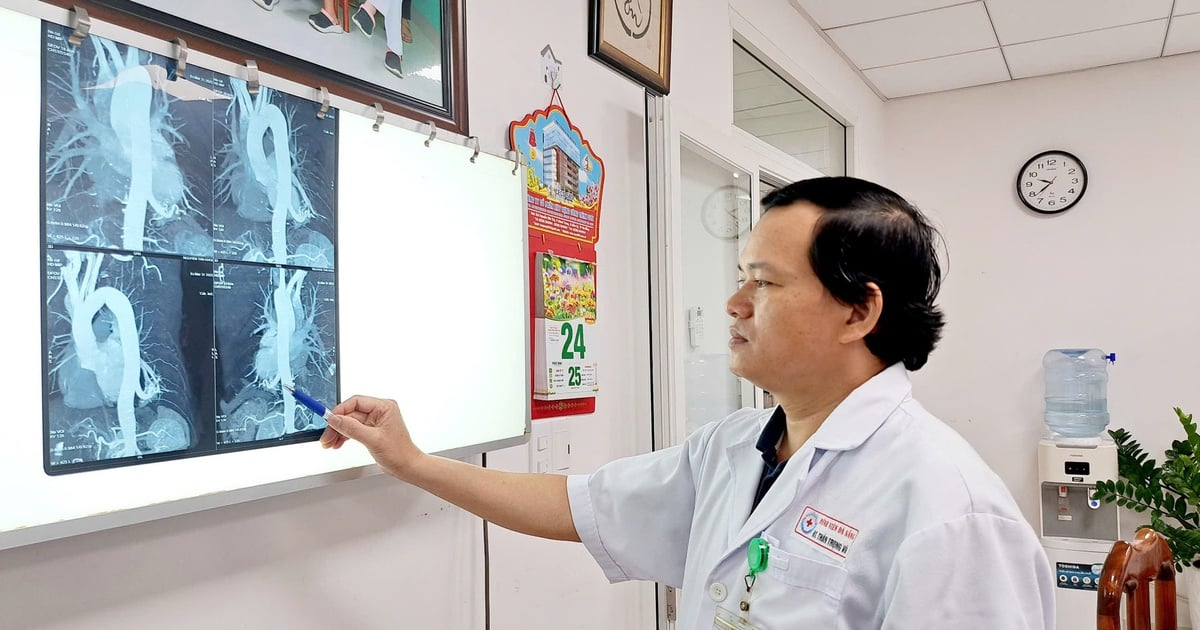

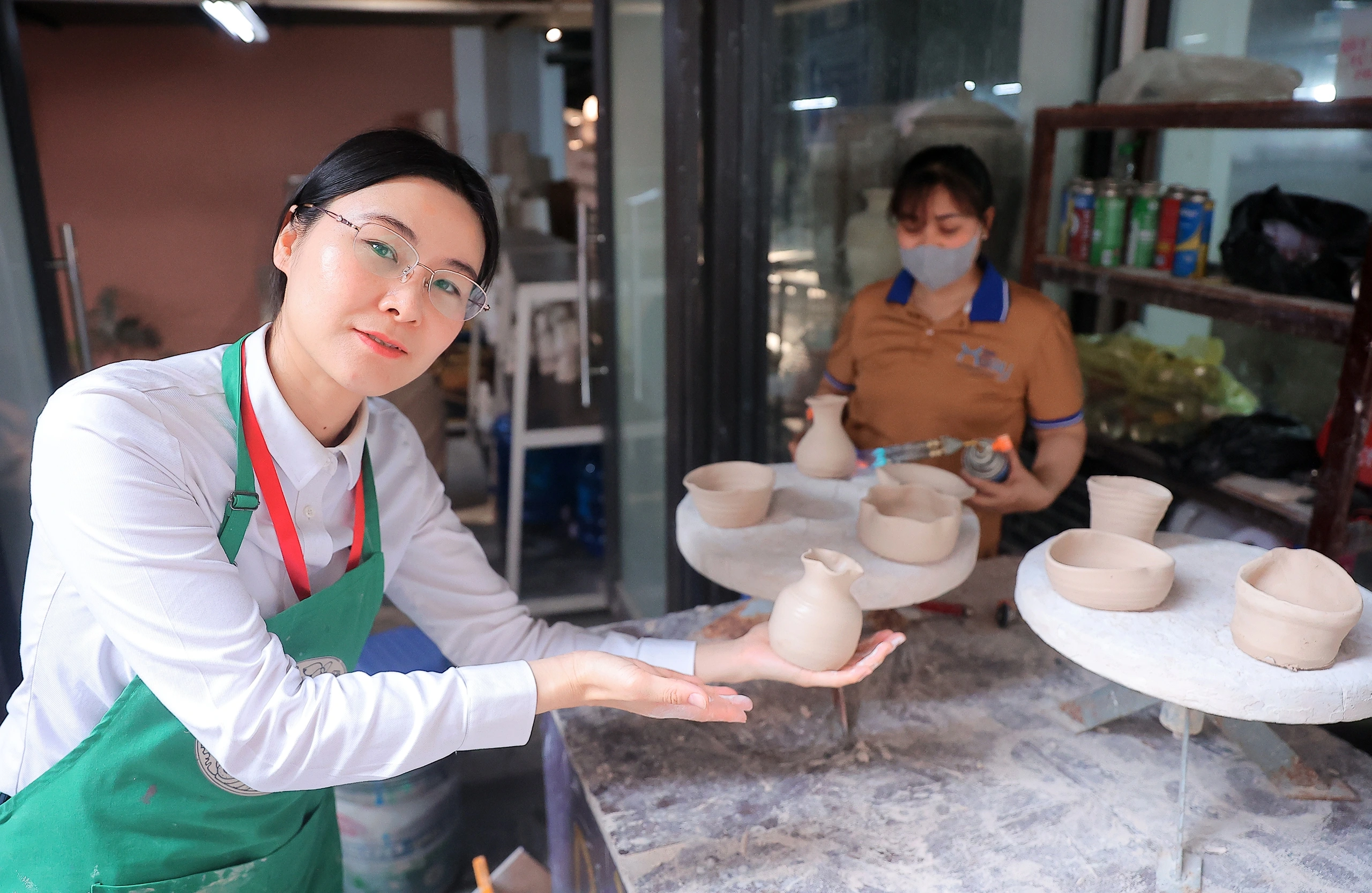



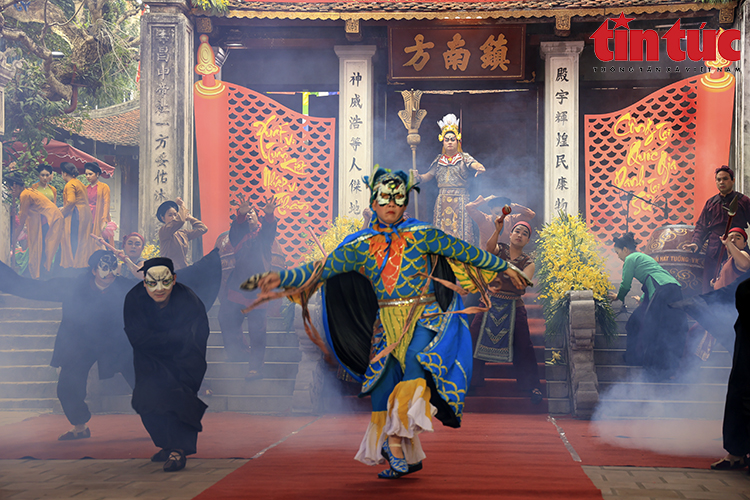

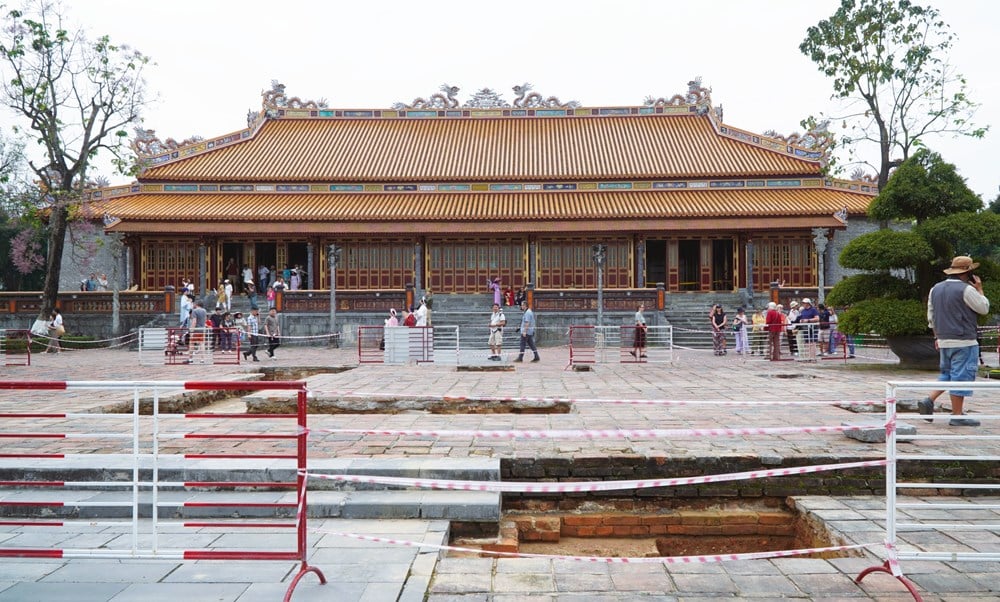

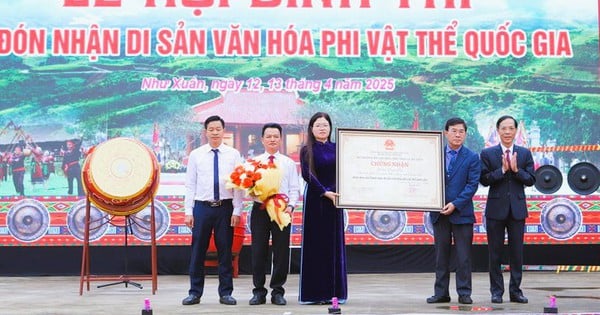


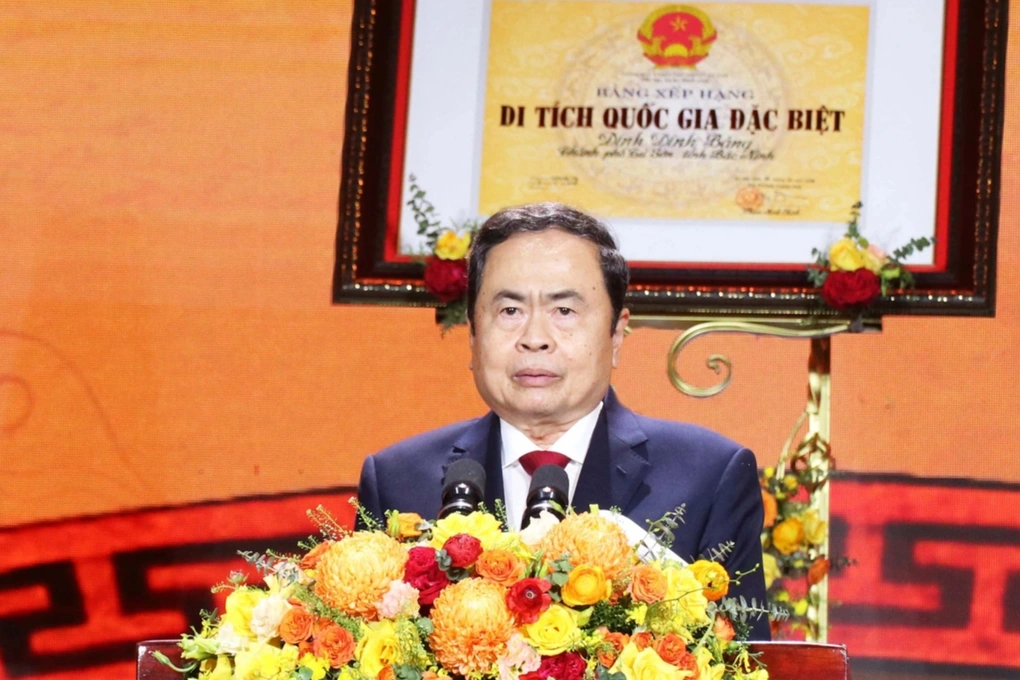

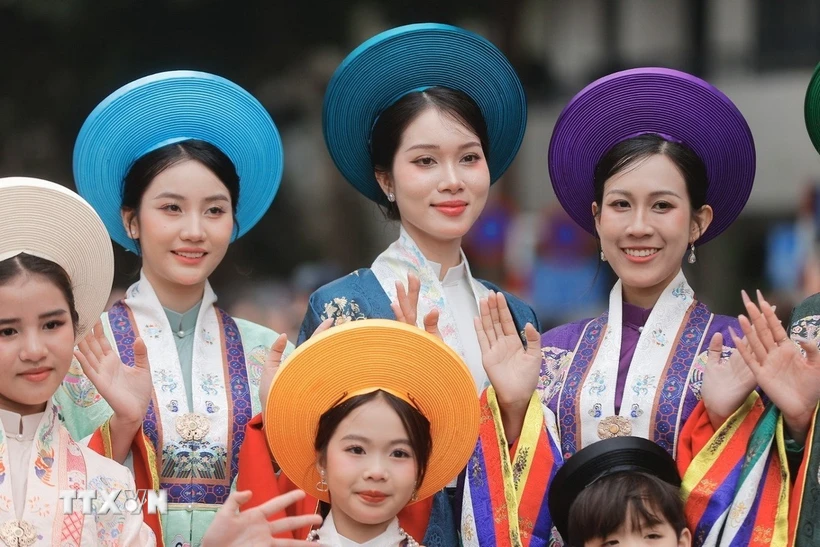

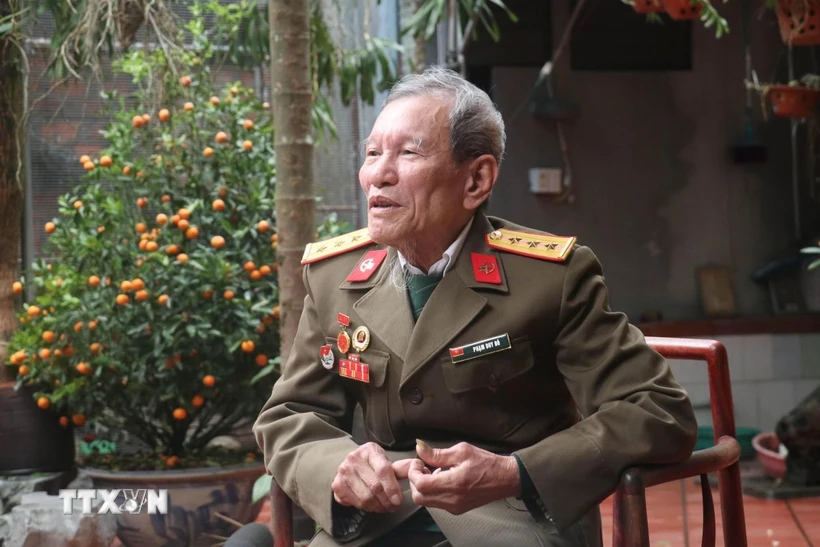
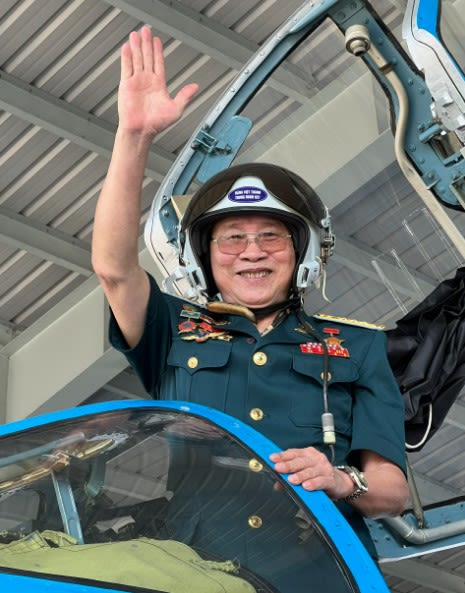


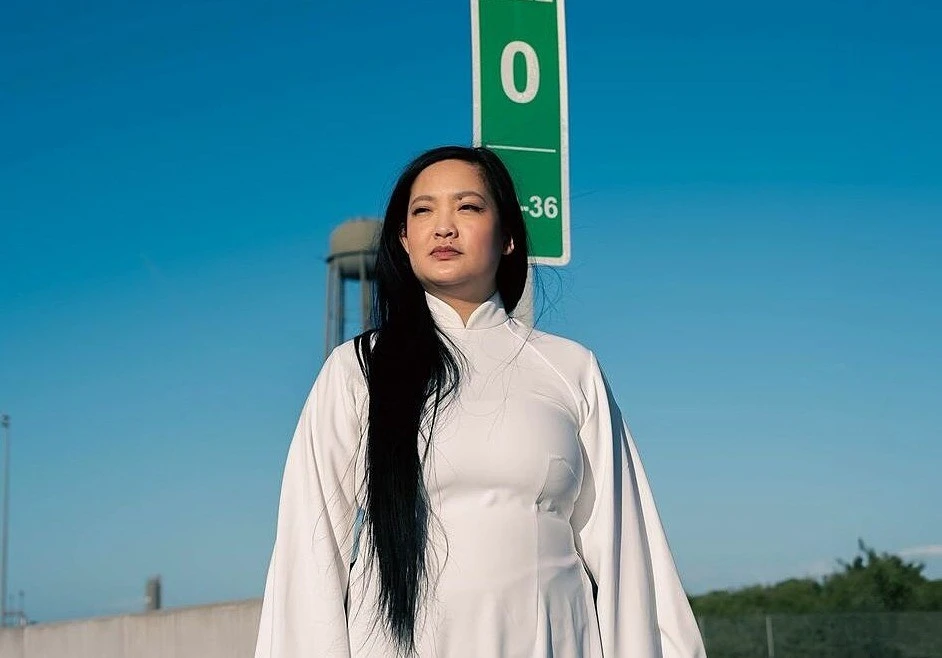





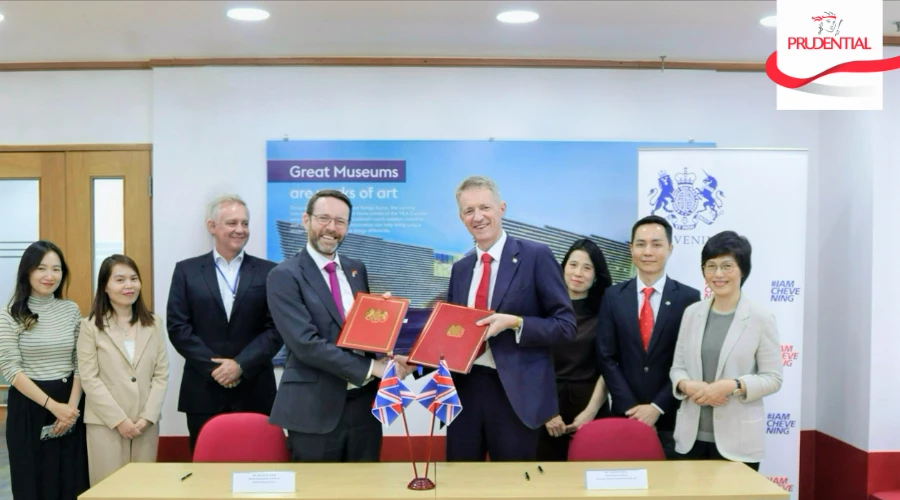








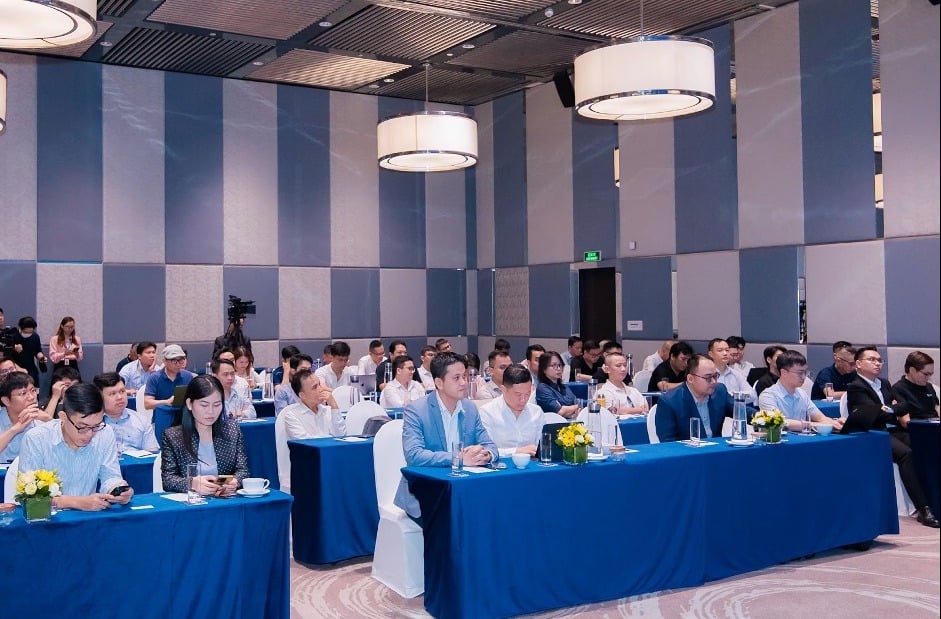

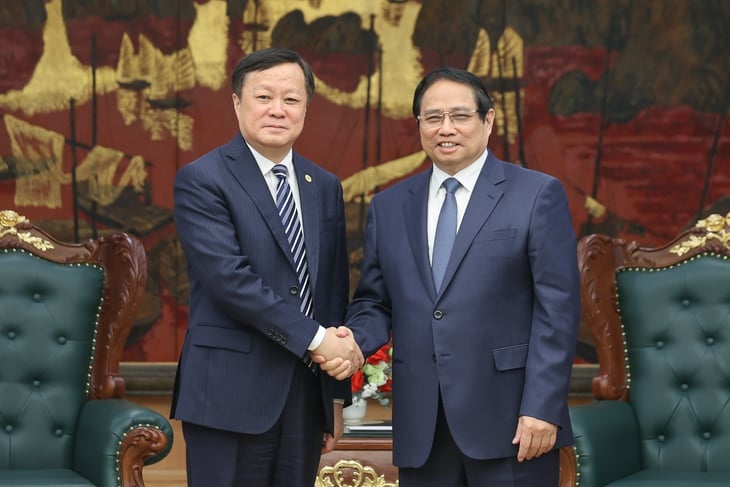
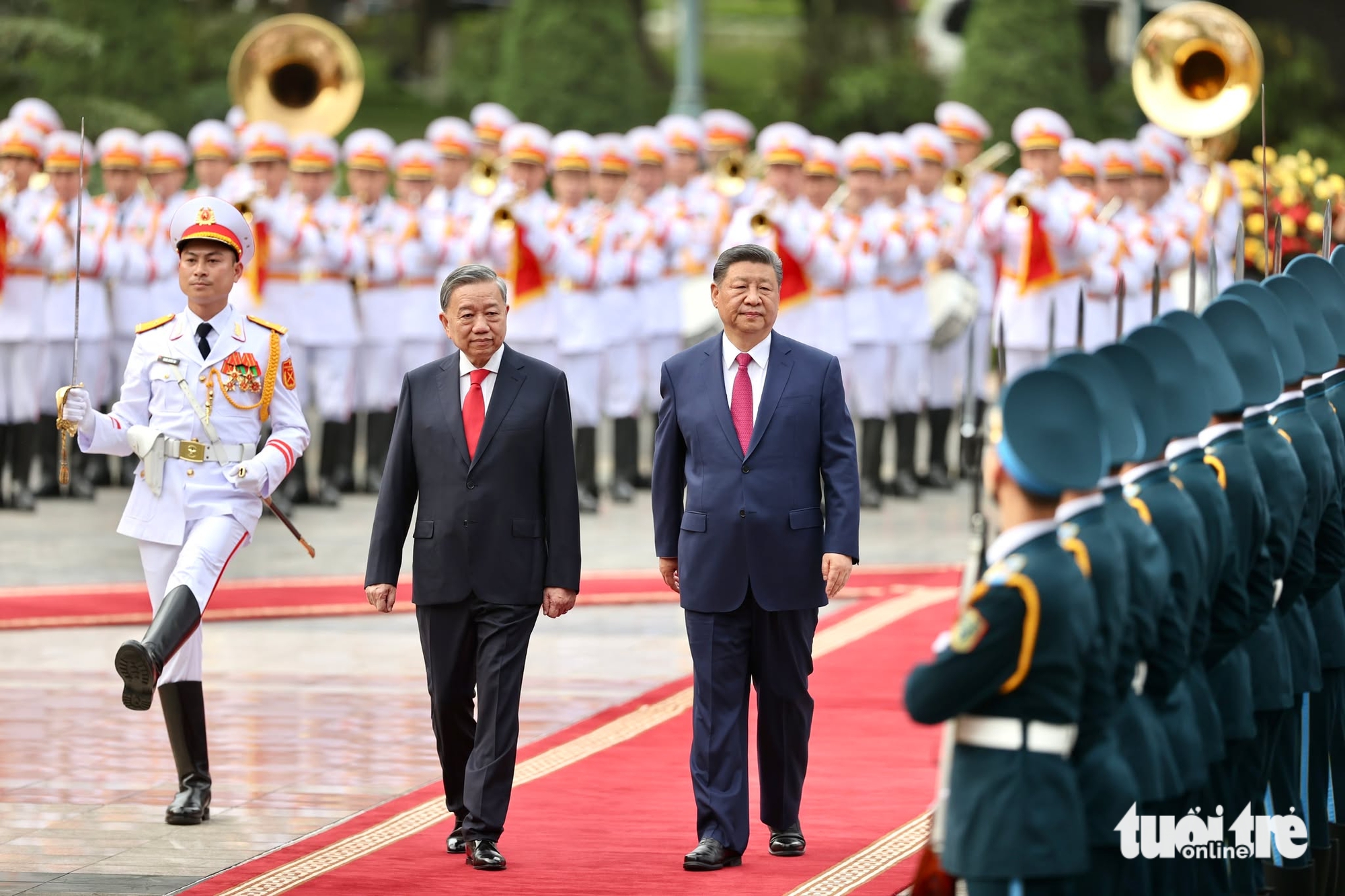
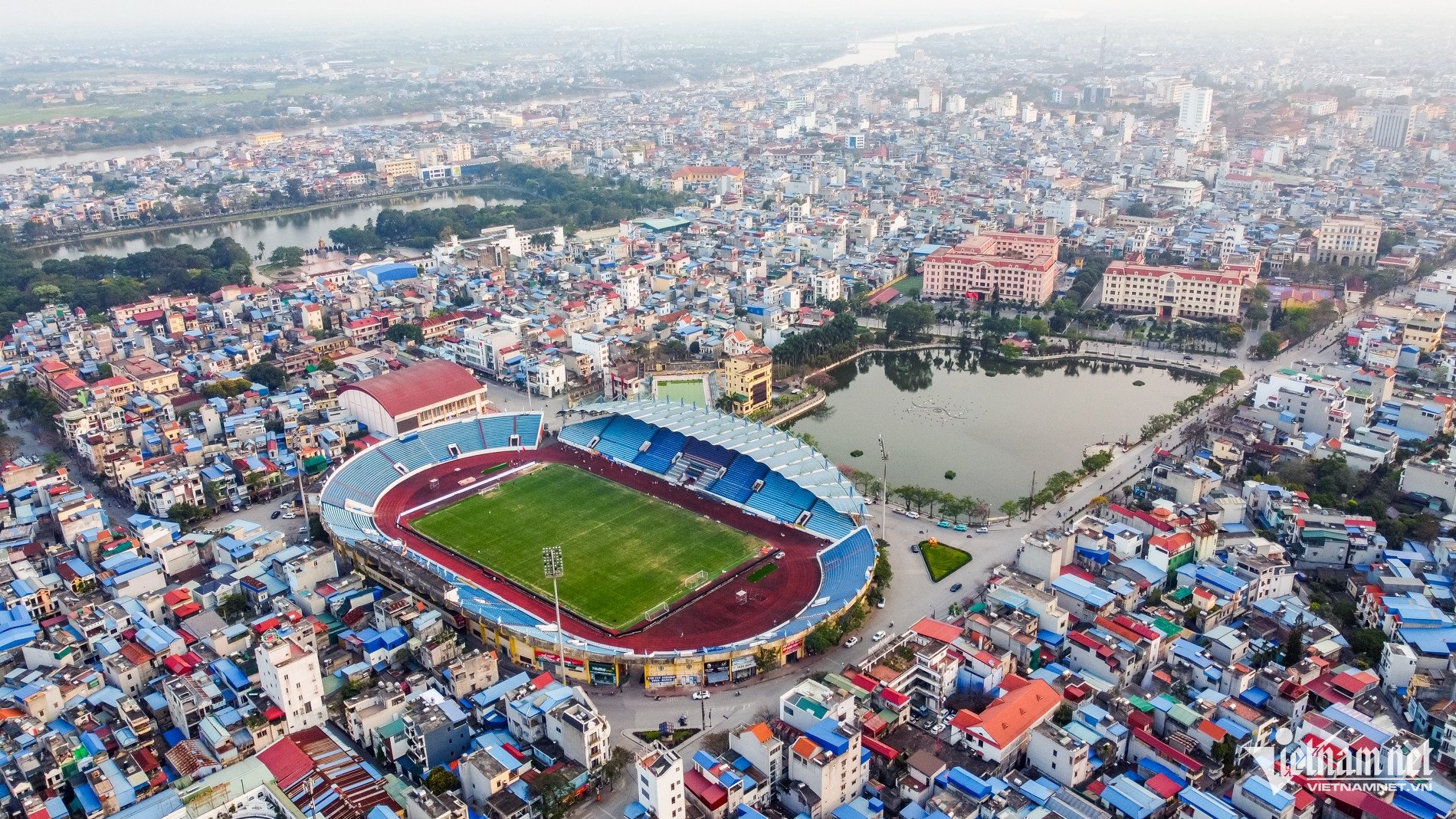
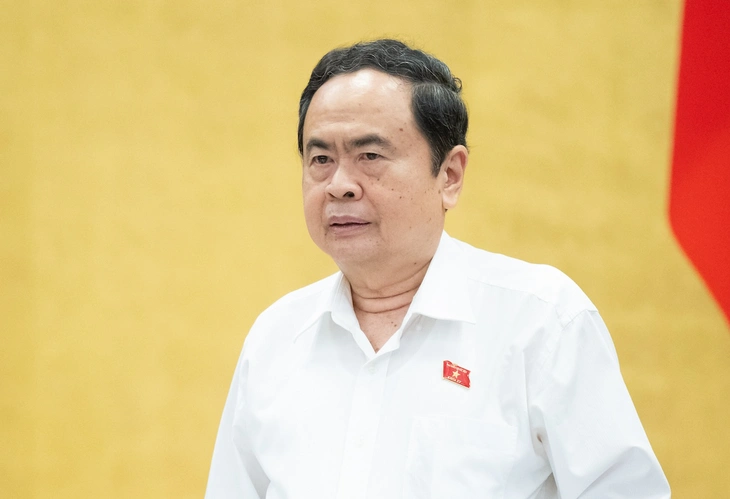
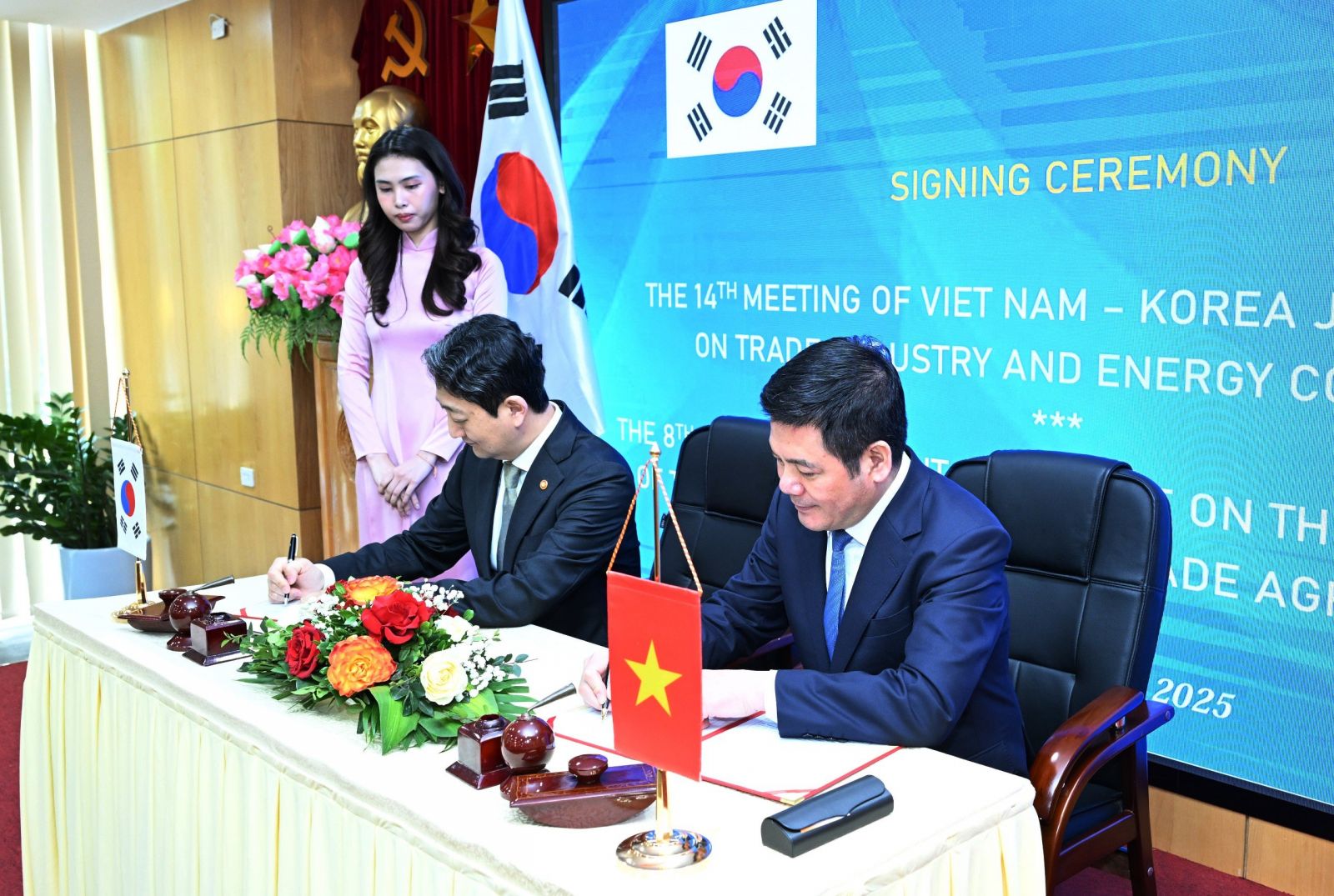

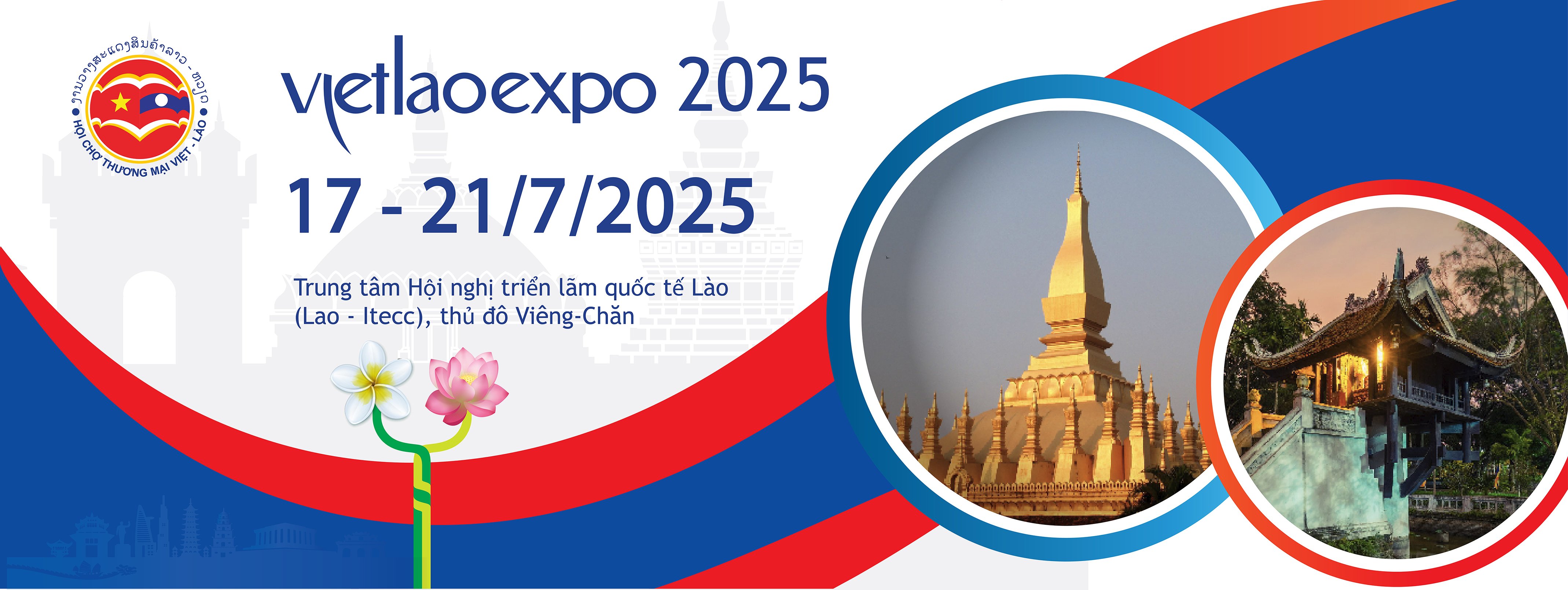
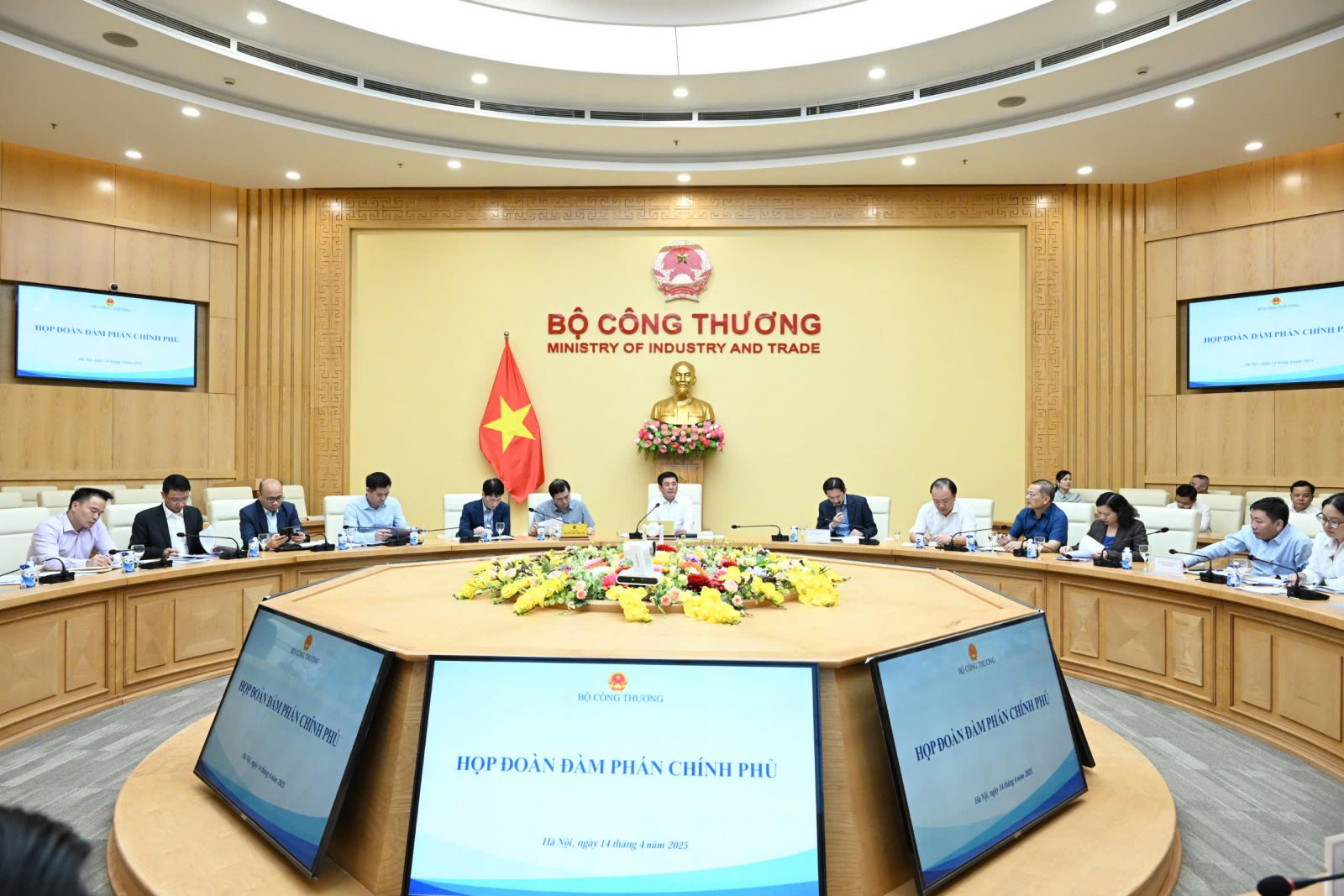
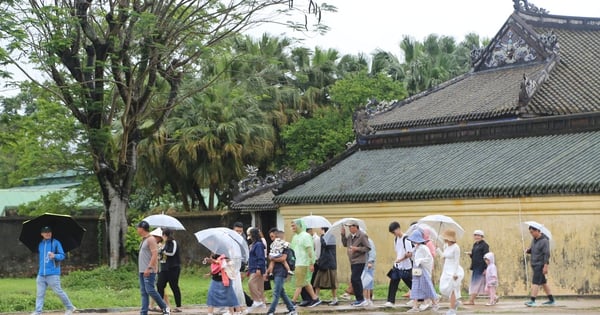

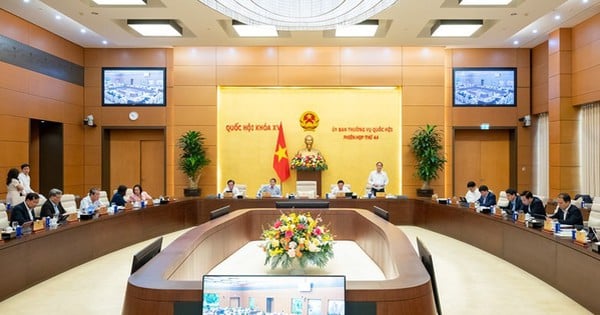
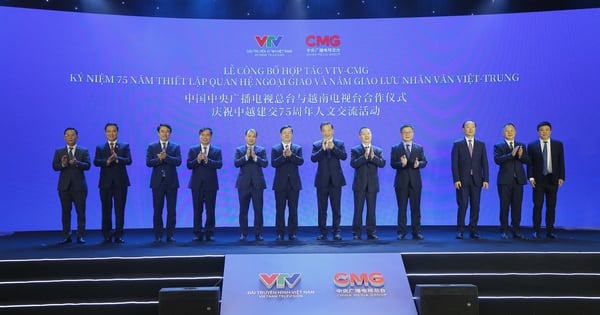
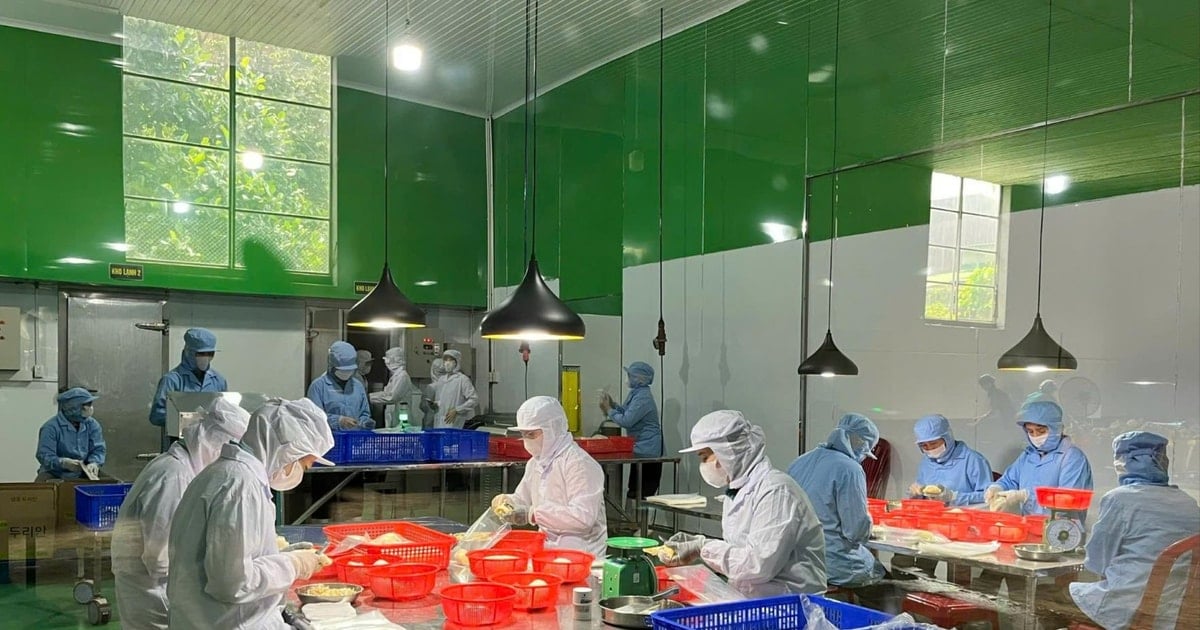



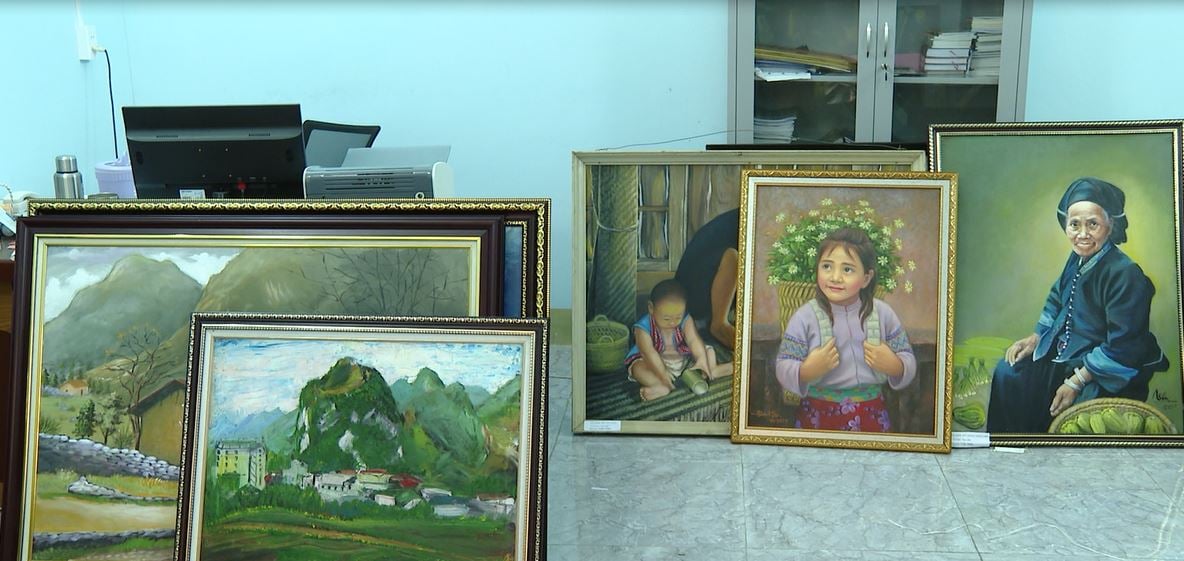
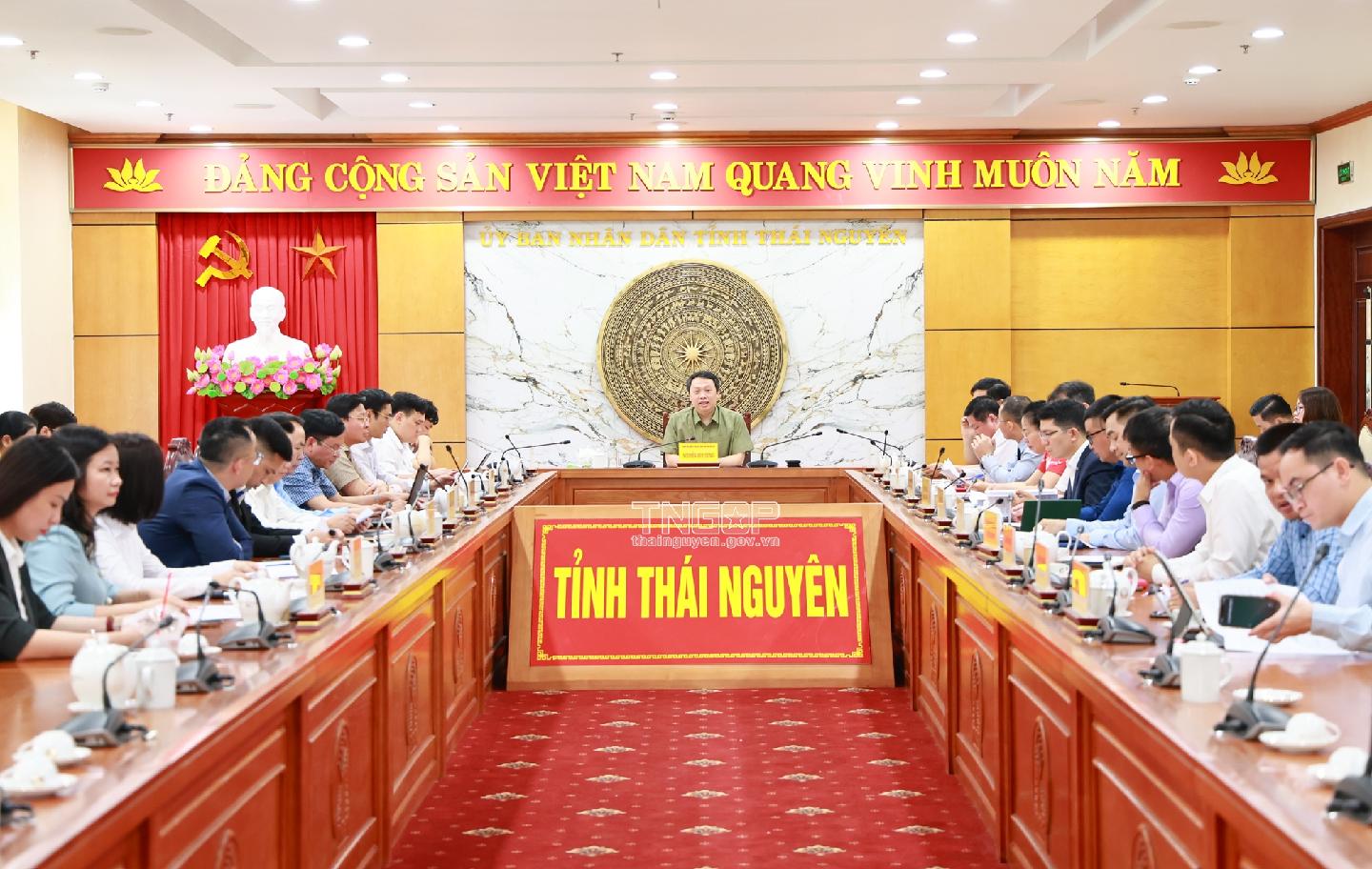
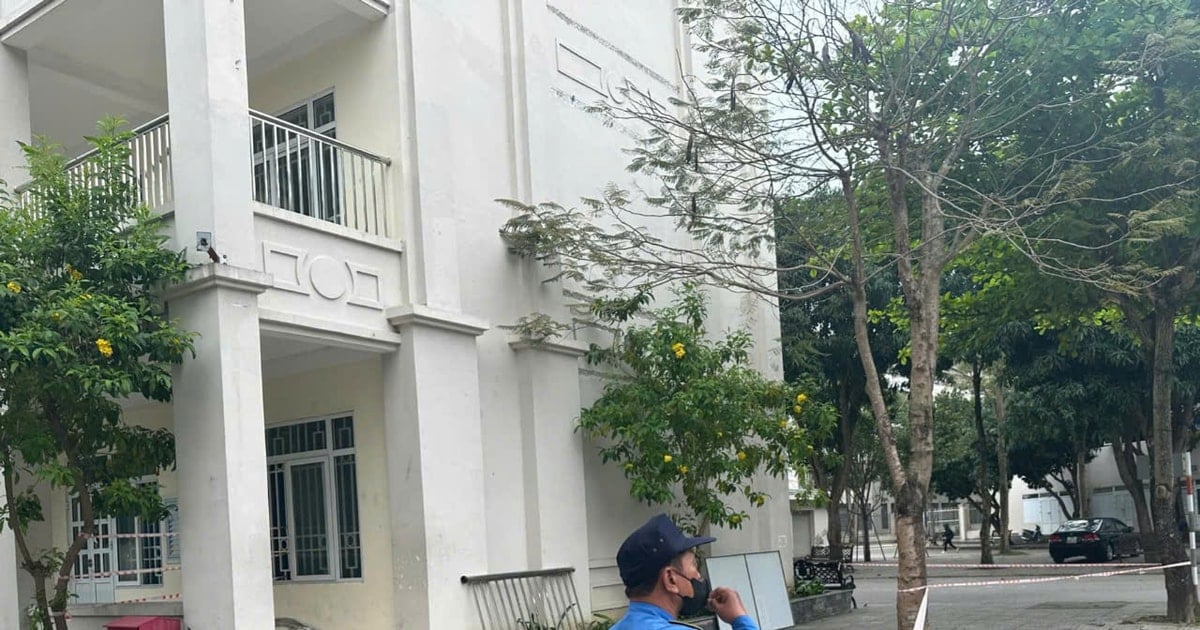



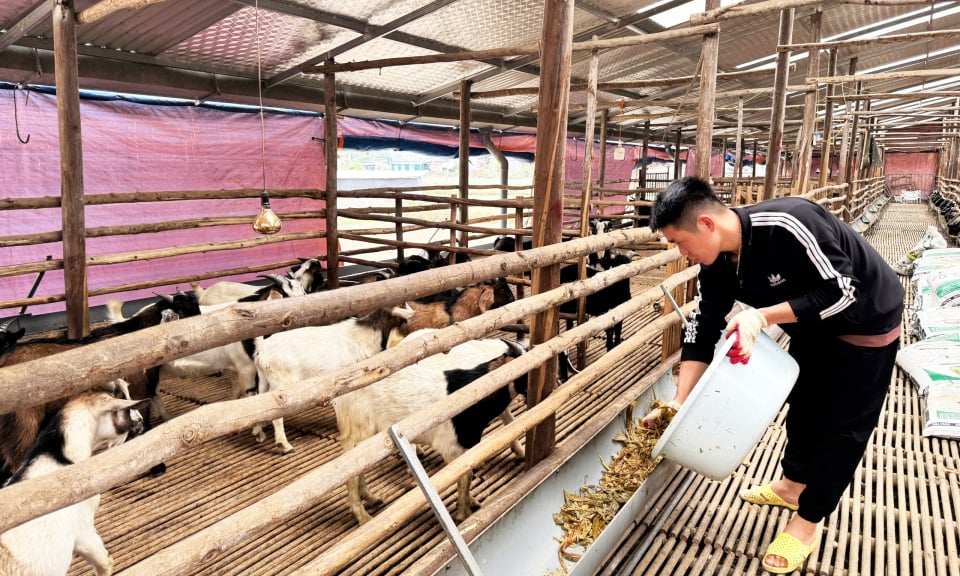




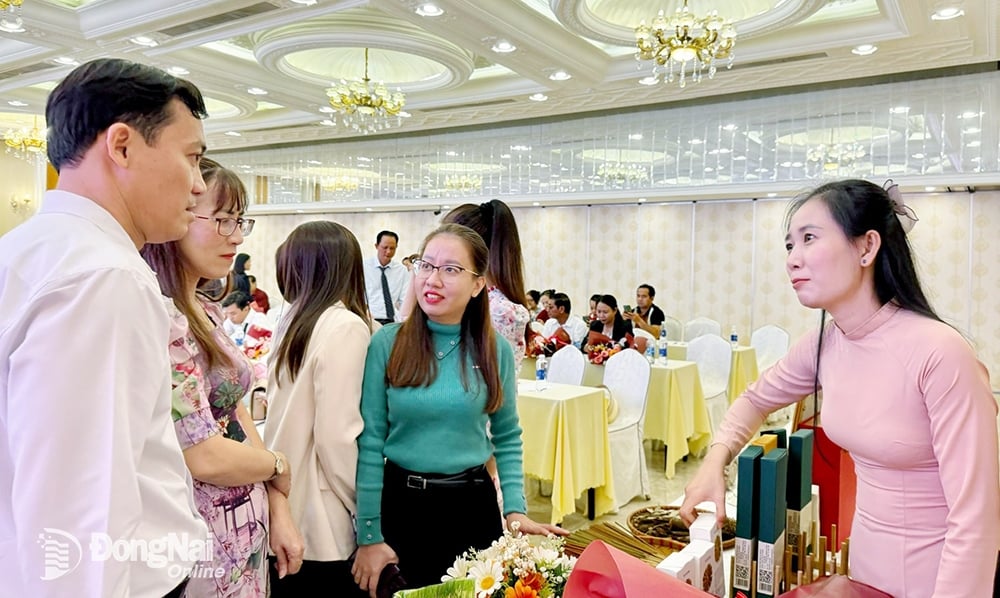



Comment (0)